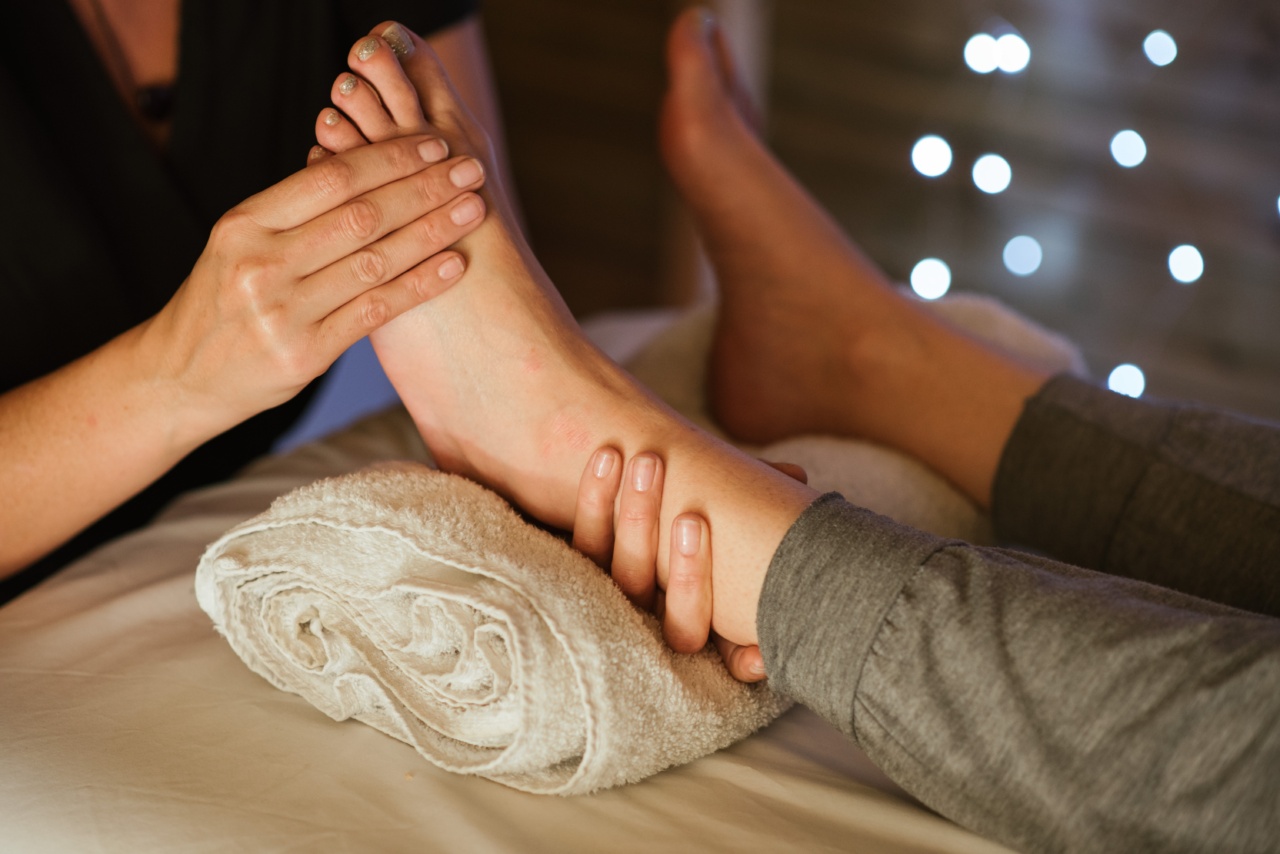Foot fungi, also known as athlete’s foot or tinea pedis, is a common fungal infection that affects the feet, particularly the toes and soles.
It can cause symptoms such as itching, burning, and cracking of the skin, and should be treated promptly to prevent it from spreading to other parts of the body or to other people.
Prevention
Preventing foot fungi is essential to avoid developing the condition and suffering its often uncomfortable symptoms. Here are some ways to prevent foot fungi:.
1. Keep your feet clean and dry
Wash your feet daily with soap and water, and dry them thoroughly, especially between the toes. Make sure you dry your feet after swimming or taking a shower. You can also use a hair dryer to dry your feet.
2. Wear breathable shoes and socks
Avoid wearing shoes that are too tight or don’t allow your feet to breathe. Choose shoes made of breathable material like leather or canvas. Wear socks made of cotton or other breathable materials that wick away moisture from your feet.
3. Alternate your shoes
Don’t wear the same pair of shoes every day. Alternate your shoes so that they have time to dry out between wears. Avoid wearing shoes that are still damp from the previous wear.
4. Avoid walking barefoot in public areas
Avoid walking barefoot in public areas such as swimming pools, gyms, and locker rooms. Wear sandals or flip flops to protect your feet from fungi that may be lurking on the floor.
5. Use antifungal powders or sprays
You can use antifungal powders or sprays on your feet and in your shoes to kill any fungi that may be present. These products are available over-the-counter at most drugstores.
Treatment
If you develop foot fungi, there are several treatment options available:.
1. Over-the-counter antifungal creams, powders, or sprays
These products can be applied directly to the affected area to kill the fungus. Follow the instructions carefully and continue using the product for the recommended duration, even if your symptoms improve.
2. Prescription medications
If over-the-counter products aren’t effective, your healthcare provider may prescribe a stronger antifungal medication such as ketoconazole, terbinafine, or itraconazole.
These medications may be taken orally or applied topically, depending on the severity of the infection.
3. Soaking your feet in vinegar
You can soak your feet in a solution of one part vinegar and two parts warm water for 15-20 minutes each day. Vinegar has antifungal properties that can help kill the fungus and alleviate your symptoms.
4. Tea tree oil
Tea tree oil is a natural antifungal agent that can be applied to the affected area. Mix a few drops of tea tree oil with a carrier oil like coconut or olive oil and apply it to your feet several times a day.
When to See a Healthcare Provider
If your foot fungi doesn’t improve with over-the-counter treatments, or if your symptoms are severe, it’s important to see a healthcare provider.
They may prescribe a stronger medication or recommend other treatments to alleviate your symptoms and prevent the infection from spreading.
Conclusion
Foot fungi is a common fungal infection that can be prevented with proper foot hygiene and by avoiding walking barefoot in public areas.
If you do develop the condition, there are several treatment options available, including over-the-counter antifungal products, prescription medications, vinegar soaks, and tea tree oil. If your symptoms persist, it’s important to consult with a healthcare provider to get appropriate treatment and prevent the infection from spreading.




























